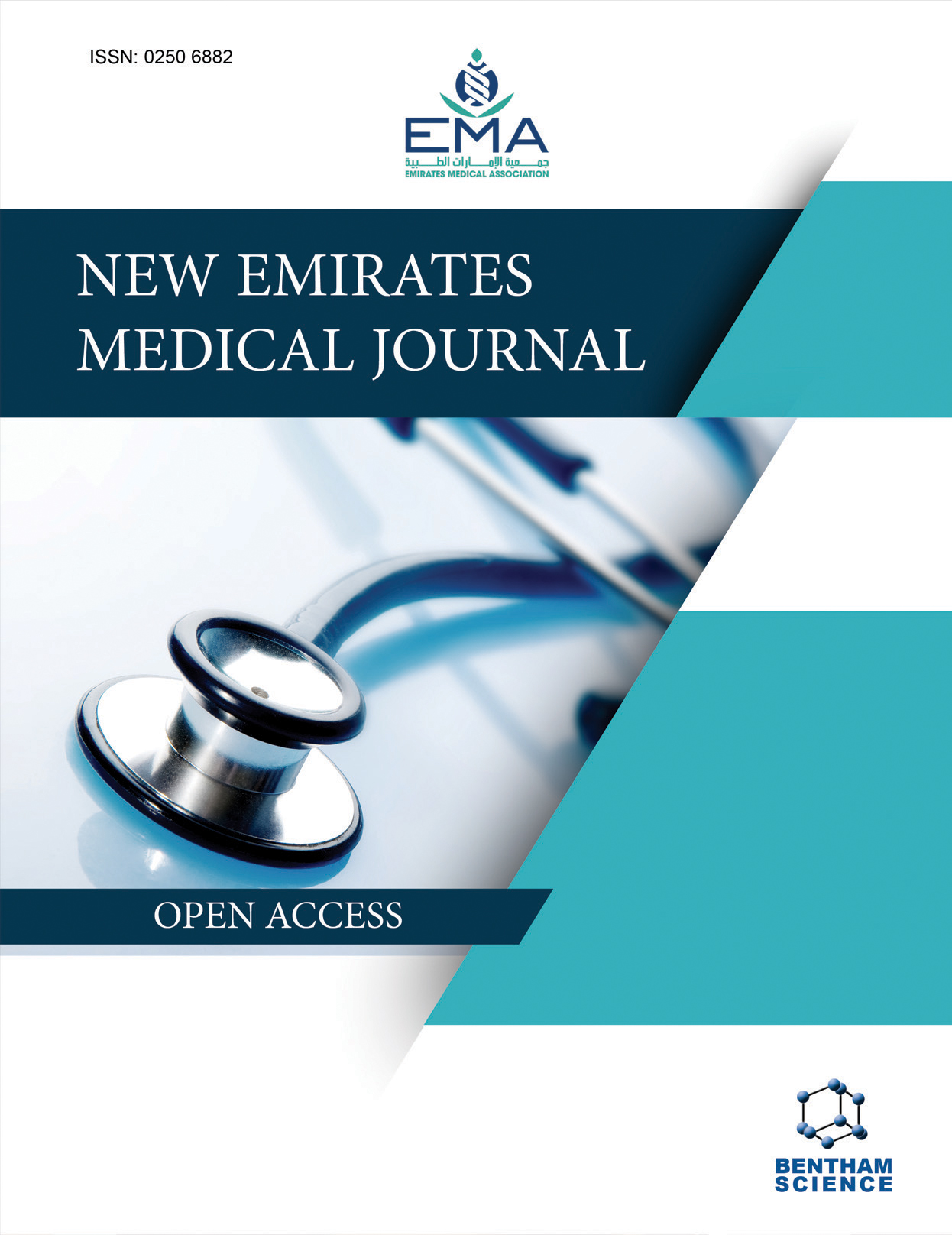-
oa Awareness and Attitudes Toward Transcranial Magnetic Stimulation Among Psychiatrists in Oman
- Source: New Emirates Medical Journal, Volume 5, Issue 1, Jan 2024, e02506882361774
-
- 17 Oct 2024
- 27 Dec 2024
- 01 Jan 2024
Abstract
Repetitive Transcranial Magnetic Stimulation (rTMS) is a non-invasive treatment modality that is gaining prominence due to the limitations of existing pharmacotherapy approaches. To date, there is a paucity of research examining the awareness of rTMS among psychiatrists in the Arabian Gulf region. In this region, treatment resistance is prevalent due to the cultural attribution of psychological distress to somatic factors and the stigma associated with pharmacotherapy.
This study aims to assess the comprehension and attitudes of psychiatrists towards rTMS and determine the factors that contribute to their knowledge of rTMS in Oman.
A quantitative, observational, cross-sectional study was conducted utilizing an online survey. The survey collected demographic information, and a validated measure was used to assess variations in knowledge and attitudes towards rTMS. Univariate analysis and multiple linear regression were performed to identify risk factors associated with knowledge levels.
Fifty psychiatrists participated in this study, resulting in a response rate of 53%. The mean age of the participants was 32.7±4.3 years (range: 26.0–41.0), with more than half being female (n=28, 56.0%) and classified as residents (junior/senior) (n=25, 50.0%). Most of the sample was Omani (n=45, 90.0%) and were employed in tertiary hospitals (n=38, 76.0%). The mean scores for knowledge and attitudes towards rTMS in this sample were 14.5±3.8 and 22.5±6.3, respectively. The linear model indicated that senior residents and older participants had a higher level of knowledge than junior residents (β=4.65, p<.001). Furthermore, participants who had access to an rTMS device at work demonstrated a higher level of knowledge than those who did not (β=1.88, p=0.027).
Three factors significantly influence the knowledge of psychiatrists about rTMS: their educational level, access to an rTMS device at work, and the availability of standardized training in rTMS.



